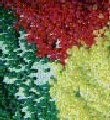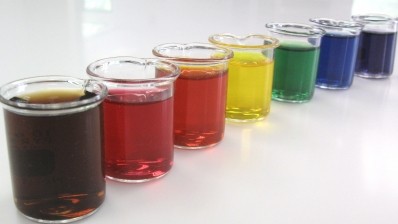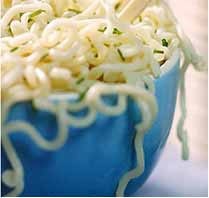Food colourant exposure drops for Australian kids

FSANZ said in a statement that following the 2008 Survey of Added Colours in Foods available in Australia, it had received new information which has allowed an update to be made estimating the dietary exposure to food colours children face.
New estimates suggest exposure is well within the established Acceptable Daily Intake (ADIs). It considered exposure levels of added colours in foods and beverages for all children aged 2-16 years in Australia, even for those consuming the maximum analytical concentrations.
The agency concluded that added colours do not pose a public health and safety concern for children in Australia as part of a well-balanced diet.
Drop in exposure
Findings showed that among 2 to 5 year olds, dietary exposures to individual added colours were estimated to be lowest for Green S (0.001-0.002 mg/day respectively) and highest for Tartrazine (0.52 and 1.3 mg/day respectively).
The estimated dietary exposure to added colours for children aged 2-16 years is lower than reported in the 2008 colours survey.
The dietary exposure to individual added colours for consumers aged 13–16 years were estimated to be in the range of 0.001–0.96 mg/day and 0.004–2.57 mg/day, respectively.
The highest dietary exposure for children aged 13–16 years was from Sunset Yellow FCF, while the lowest estimated dietary exposures were from Green S.
What changed?
A FSANZ spokesperson told FoodNavigator-Asia that the new report is based on updated food consumption data from the Australian National Children’s Nutrition and Physical Activity Survey of 2007, which included two non-consecutive days of food consumption.
“This provides a more realistic estimate of long-term consumption of infrequently consumed food because it takes account of those who may eat a food on one day of the survey but not on the other,” he said.
According to the spokesperson, information from the confectionary industry on the typical levels used in foods was also incorporated into the dietary modelling.
“The revision of the ADI for Sunset yellow FCF from 0–2.5 mg/kg/bw to 0–4 mg/kg/bw also has an impact on the estimated dietary exposure,” he added.
The spokesperson pointed out that as of date, regulations require all additives (including food colours) to be declared on the label.
“Consumers can check the label to identify products where they are present and avoid such products if they wish to do so,” he said, adding that a requirement to declare the presence of colours has been in place for over 15 years.












